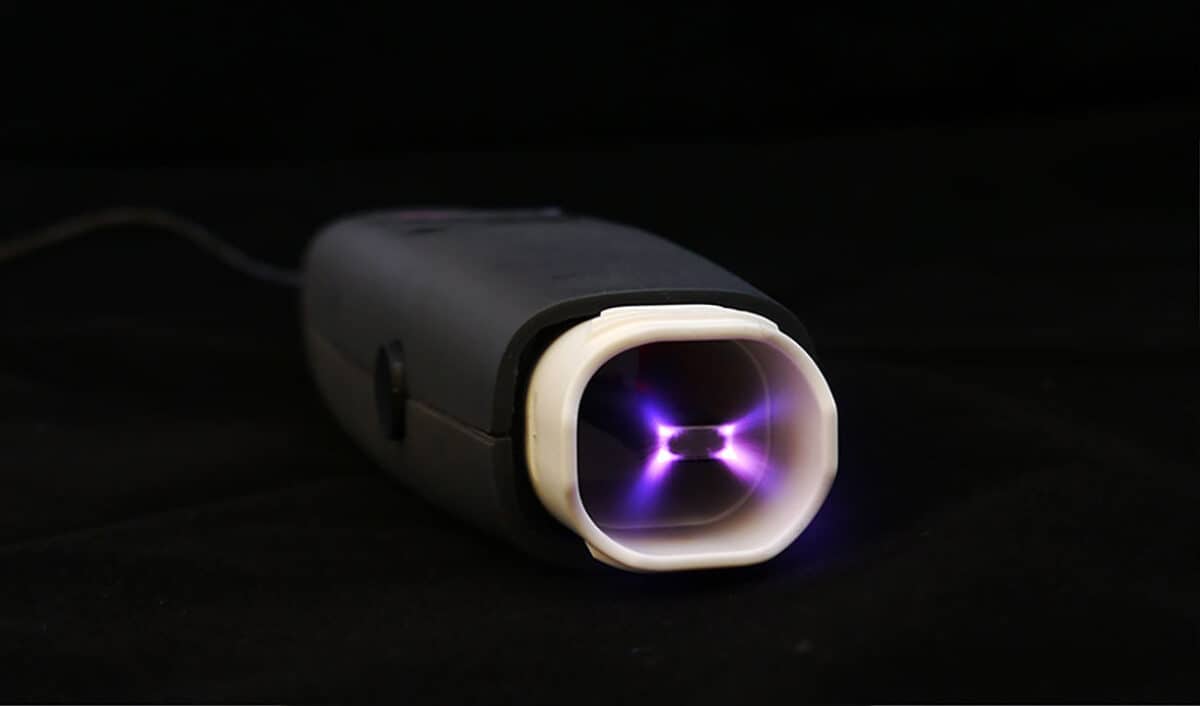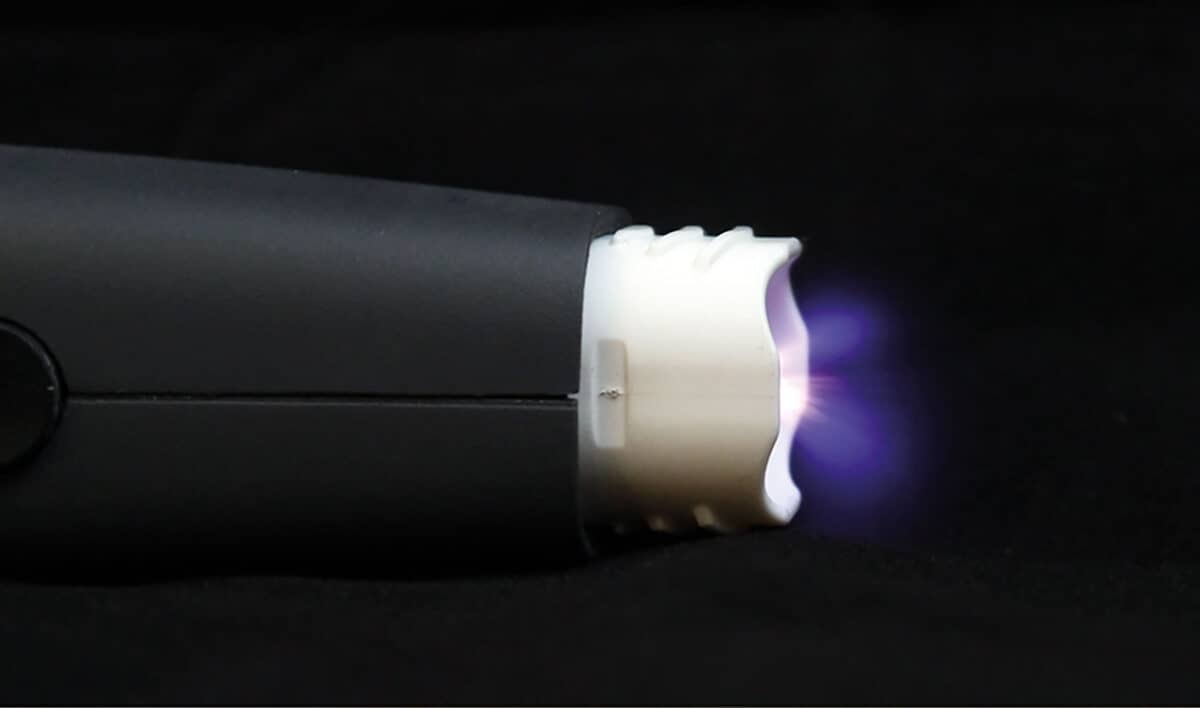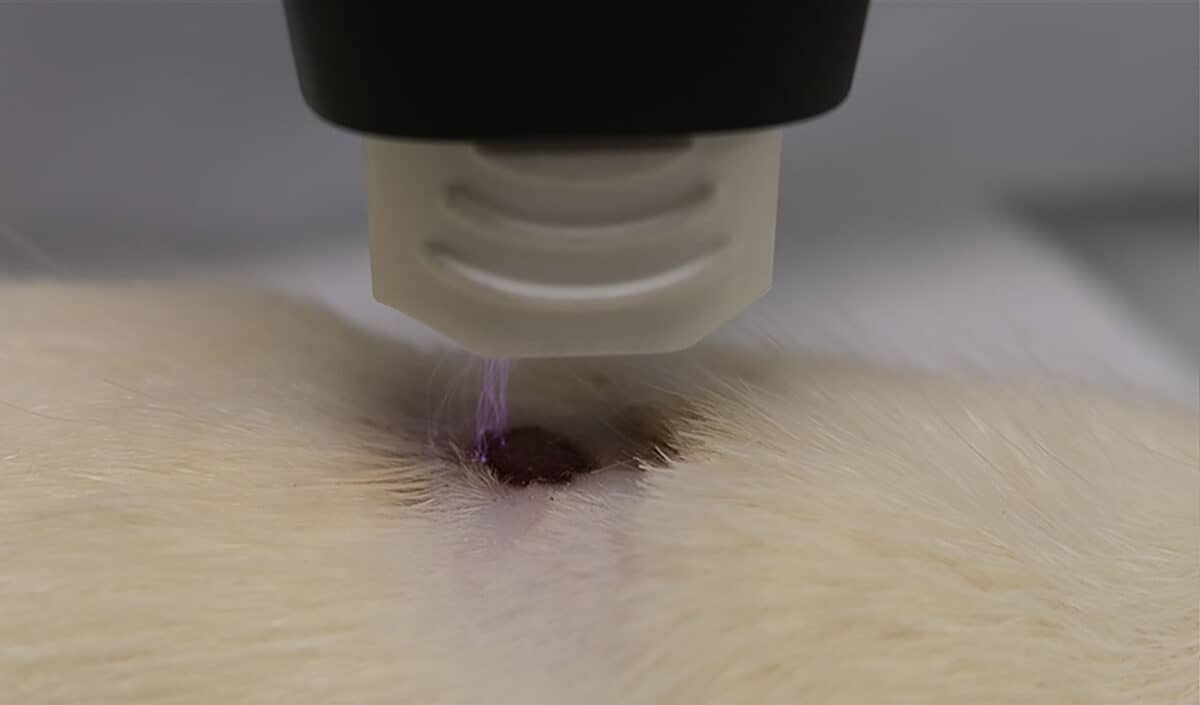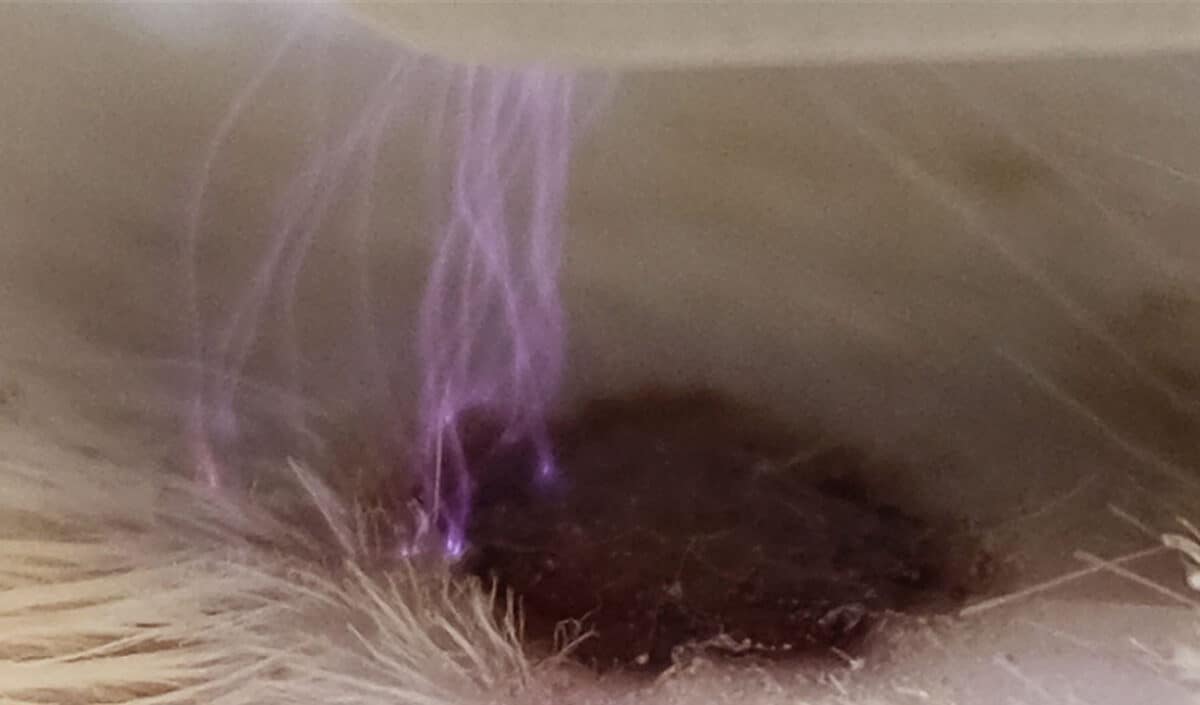Plasma Dermatology
Skin Therapy Using Cold Atmospheric Plasma
Authors: Fei Tan, Yang Wang, Shiqun Zhang, Runying Shui and Jianghan Chen
Publication: Plasma Dermatology: Skin Therapy Using Cold Atmospheric Plasma, Frontiers in Oncology, 12 July 2022
First published: https://www.frontiersin.org/articles/10.3389/fonc.2022.918484/full
Total recap
Summary of an interesting publication on basic research on the possible use of plasma in dermatology with exemplary application of the piezobrush® PZ3.
The applications of cold atmospheric plasma (CAP) have expanded in plasma medicine. As an emerging branch, plasma dermatology takes advantage of the beneficial complexity of plasma constituents, their technical versatility, and practical feasibility. The goal of this comprehensive review is to summarize recent advances in CAP-dominated skin therapy. The white paper focuses on three aspects: Plasma optimization of intact skin, clinically oriented dissection of CAP treatment of various skin diseases, and finally analysis of the safety aspects of treatment with CAP and suggestions for minimizing the potential risks.
RONS (reactive oxygen and nitrogen species) produced by the hierarchical reaction of CAP with ambient air play a key role in various biological and cellular processes. This enables the application of CAP in the medical field. Similarly, UV light and transient electric fields can find application in biomedicine. Plasma medicine is a newly coined term and stands for an interdisciplinary subject that combines physics, chemistry, life sciences and medicine. The applications of plasma medicine can be broadly divided into direct and indirect use. In a direct application, a living recipient is exposed to a gaseous plasma jet. In indirect treatment, the reactive species of the CAP are transmitted to a living recipient via an intermediate carrier.
Plasma dermatology has emerged as an attractive specialty in plasma medicine, in part because the skin is the largest and most superficial organ in the human body. This allows an easy plasma treatment. The original investigations of clinical randomized controlled trials (RCTs) on the use of CAP in dermatology focused primarily on chronic wounds. Several reviews on this topic already exist, highlighting the advantages and disadvantages.
The study concludes that conventional treatment methods have limitations and drawbacks in clinical dermatology. Cold atmospheric plasma offers excellent potential for treatment methods in clinical dermatology. The potential is due in part to its technical versatility, such as direct irradiation of superficial lesions, indirect treatment of deep and large lesions with plasma-activated media, and simultaneous treatment with CAP and other therapeutic methods. In addition to treating skin diseases, CAP can also optimize intact skin and enable transdermal drug delivery. Nevertheless, several challenges must first be overcome before this unique therapy can be applied in daily clinical practice.
Read the whole publication here.








